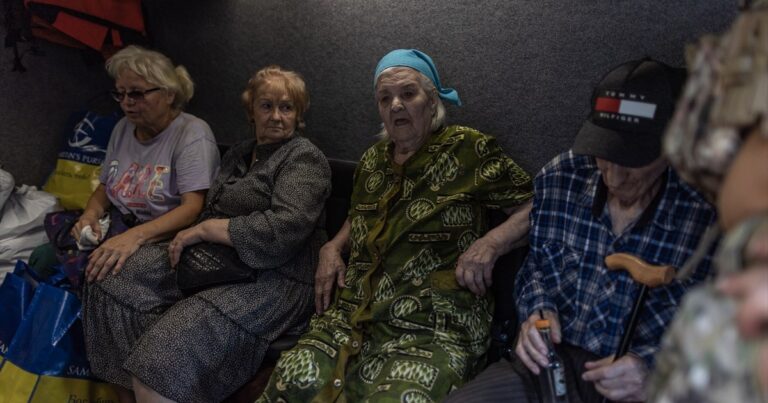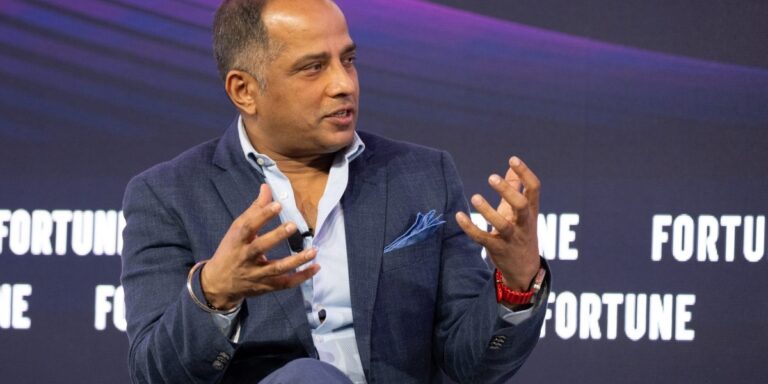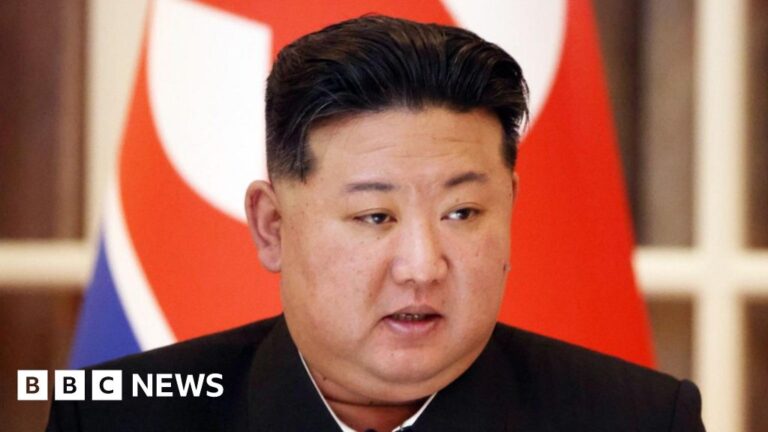Pakistan and Bangladesh are expected to sign several agreements, including on trade as the two nations move closer.
Pakistani Foreign Minister Ishaq Dar has held talks with top Bangladeshi officials and politicians, including the foreign affairs adviser, Touhid Hossain, as the two South Asian nations aim to reset relations amid Dhaka’s fraying ties with India.
Dar flew to Bangladesh on Saturday, the most senior Pakistani official to visit Dhaka since 2012, with Islamabad calling it “historic” and a “significant milestone in Pakistan-Bangladesh relations”.
Relations between Dhaka and Islamabad have been easing since a mass uprising in Bangladesh ousted Sheikh Hasina as prime minister last August, prompting her to flee to New Delhi. Hasina was considered more pro-India.
Dar’s visit comes days after the two nations reportedly eased visa restrictions for travel between them.
Pakistan and Bangladesh are expected to sign several agreements, including on trade, on Sunday. The two countries began sea trade last year, expanding government-to-government commerce in February.
“The two sides discussed ways to promote economic and commercial cooperation, with a special focus on enhancing trade and promoting connectivity,” Pakistan’s Ministry of Foreign Affairs said on X after Dar and Commerce Minister Jam Kamal Khan met Bangladesh’s commerce adviser, Sheikh Bashiruddin, on Sunday morning.
There are also plans to begin direct Dhaka-Karachi flights, with local carriers seeking approvals, Bangladeshi newspaper The Daily Star reported.
Pakistan’s Foreign Ministry said Dar will also meet Bangladesh’s interim leader, Muhammad Yunus.
Addressing a news conference at the Pakistani High Commission in Dhaka on Saturday, Dar underscored his country’s “strong desire to forge a cooperative and forward-looking relationship with Bangladesh”.
‘Active and stronger’
The top Pakistani diplomat also met Bangladeshi political delegates, including those from the Jamaat-e-Islami party, which opposed the breakup of Pakistan to establish Bangladesh in 1971.
“We discussed how to further enhance relations with the brotherly Muslim state [Pakistan] in the coming days and how to make the regional alliance [South Asian Association for Regional Cooperation] more active and stronger,” Jamaat-e-Islami’s deputy leader Syed Abdullah Muhammad Taher, told reporters after the meeting.
Dar also met leaders of the newly formed National Citizen Party (NCP), which led last year’s uprising, as well as the leadership of the Bangladesh Nationalist Party (BNP).
On Friday, top military commanders from both countries met in Pakistan.
A day earlier, Pakistani Minister Khan held talks in Dhaka, where he agreed to set up joint commissions to boost trade and investment.
Pakistan’s military was accused of widespread atrocities during the 1971 war, when East Pakistan broke away to form Bangladesh. Hundreds of thousands were killed – Bangladeshi estimates say millions – and many in Dhaka still demand Islamabad apologise for the killings.
After 1971, Bangladesh leaned heavily on India, which almost encircles the country of 170 million people.
However, Yunus has demanded that India hand back Hasina, who continues to refuse to attend her trial on charges amounting to crimes against humanity.
Dhaka accused India this month of backing Hasina’s now-outlawed Awami League party, charges that New Delhi rejected, saying it “does not allow political activities against other countries to be carried out” from its soil.

















